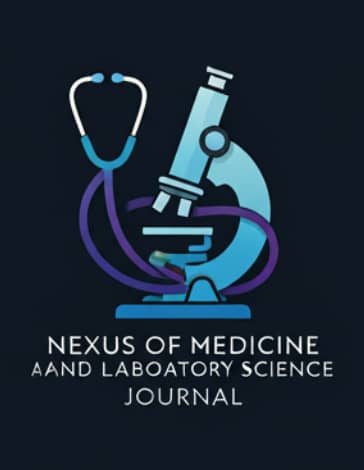
Mucocutaneous Leishmaniasis: A Comprehensive Review of Epidemiology, Pathogenesis, Diagnosis, and Control Strategies
Mucocutaneous leishmaniasis (MCL) is a neglected tropical disease caused by Leishmania species, primarily affecting the mucosal and cutaneous tissues of the oral, nasal, and pharyngeal regions. Transmitted through the bite of infected phlebotomine sand flies, MCL poses significant public health concerns, particularly in endemic areas across Latin America, the Middle East, and parts of Africa and Asia. This review synthesizes current knowledge on the epidemiology, transmission cycle, pathogenesis, risk factors, clinical manifestations, diagnostic methods, therapeutic options, and prevention strategies. With increasing reports of drug resistance and challenges in diagnosis, a multidisciplinary approach combining vector control, early detection, and targeted therapy remains essential. This review aims to enhance awareness and inform evidence-based clinical and public health responses to MCL.

This work is licensed under a Creative Commons Attribution
4.0 International License.
